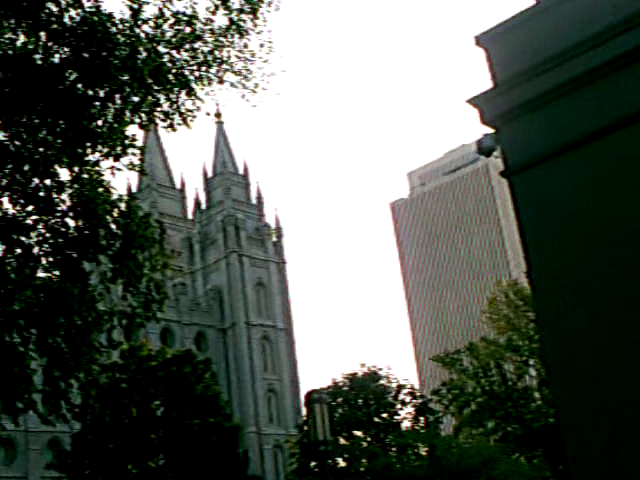Australia v England: Ashes second Test, day three – live
-
Hosts seek to build on 44-run first-innings lead at the Gabba
Play starts in Brisbane at 2pm local/3pm AEDT/4am GMT
Ashes top 100 | Get the Spin newsletter...
1 hour ago





















+NEW+YORK+hot+movie+008.jpg)
+LasVegas+gals+vlcsnap-16038.png)





ASHES TO ASHES, ...
ReplyDeleteCHEDISTON, England — When it came, the invasion was silent. Insidiously, its vanguard arrived in plain sight, indistinguishable from the native population. It spread over farmlands, across valleys and especially into the precious remaining forests, killing slowly and quietly.
Long before England had a queen — even long before England existed — the Angles and the Saxons hewed spears and hunting bows from the vast stands of ash trees that once blanketed much of this island. Along with the English oak, the ash supported bridges, powered mill wheels and reinforced the hulls of the Royal Navy ships that for centuries kept Spanish, French and German enemies from invading.
The ash is the fourth-most common species today and beloved by millions for its beauty. But it appears to be doomed thanks to the importation of tens of thousands of Dutch and Danish ash trees afflicted by Chalara fraxinea, an incurable blight that strangles the tree by covering its leaves with fungus.
It’s also having a political effect.
"Ashes to ashes," lamented Richard Walker, surveying one of the two dying giants that shade his 500-year-old farmhouse in this bucolic village 100 miles northeast of London. Walker is hardly a Euro-skeptic, as opponents of Britain’s ties with the continent are known. But with Europe’s star very diminished of late thanks to the euro crisis, the ash blight may push some like him over the edge.
"People here knew Danish trees were infected, but they kept importing them,” he said. “There should have been some control."